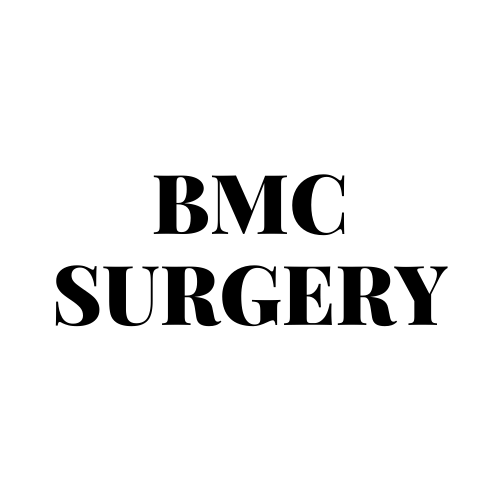Received: Tue 22, Apr 2025
Accepted: Sat 10, May 2025
Abstract
Background: Prader-Willi syndrome (PWS) requires early recognition and surgical intervention due to its complicated clinical characteristics and frequent association with progressive spine deformity. The purpose of the study is to investigate the clinical characteristics and surgical outcomes of spine deformity for PWS patients.
Methods: We retrospectively analyzed 12 PWS patients (mean age: 13) with severe kyphoscoliosis who underwent spinal correction surgery between 2013 and 2022 with at least 2-years follow-up (mean duration: 3.2 years) evaluating demographic characteristics, curve patterns, surgical strategies and complications.
Results: All the patients had scoliosis (mean thoracic Cobb angle: 78.5° ± 15.6°, mean lumbar Cobb angle: 62.6° ± 31.6°), with 41.7% exhibiting concurrent kyphosis (mean kyphotic angle: 83.6° ± 11.2°). The thoracolumbar double curves (50%) and atypical long thoracic curves (25%) were predominant patterns. The mean thoracic and lumbar flexibility were 37.9% and 52.3% respectively. Nine patients received spinal fusion surgery and three patients received growing rod surgery. The average of fused segments was 13.5 ± 1.3, and distal fusion predominantly stopped at stable vertebra (SV) (75%). The mean thoracic curve correction rate was 60.2% ± 20.4% immediately post-operation and mean correction loss rate of 9.9% ± 11.1% at the last follow-up. The mean lumbar curve correction rate was 71.8% ± 17.9% immediately post-operation and mean correction loss rate of 18.7% ± 24.9% at the last follow-up. Complications occurred in 41.7% of patients, including surgical site infections (SSI) (25%), neurological deficits (8.3%) and excessive bleeding (8.3%).
Conclusion: Scoliosis in PWS patients predominantly manifests as thoracolumbar double curves or atypical long thoracic curves, frequently accompanied by kyphosis, while demonstrating relative good flexibility. Posterior spinal fusion extending to the SV improved good correction outcomes. Surgical challenges included excessive bleeding, SSI and neurological deficits. These findings emphasize the necessity of individualized surgical strategies to optimize outcomes in this high-risk population.
Keywords
Prader-Willi syndrome, scoliosis, clinical characteristics, surgical outcomes
